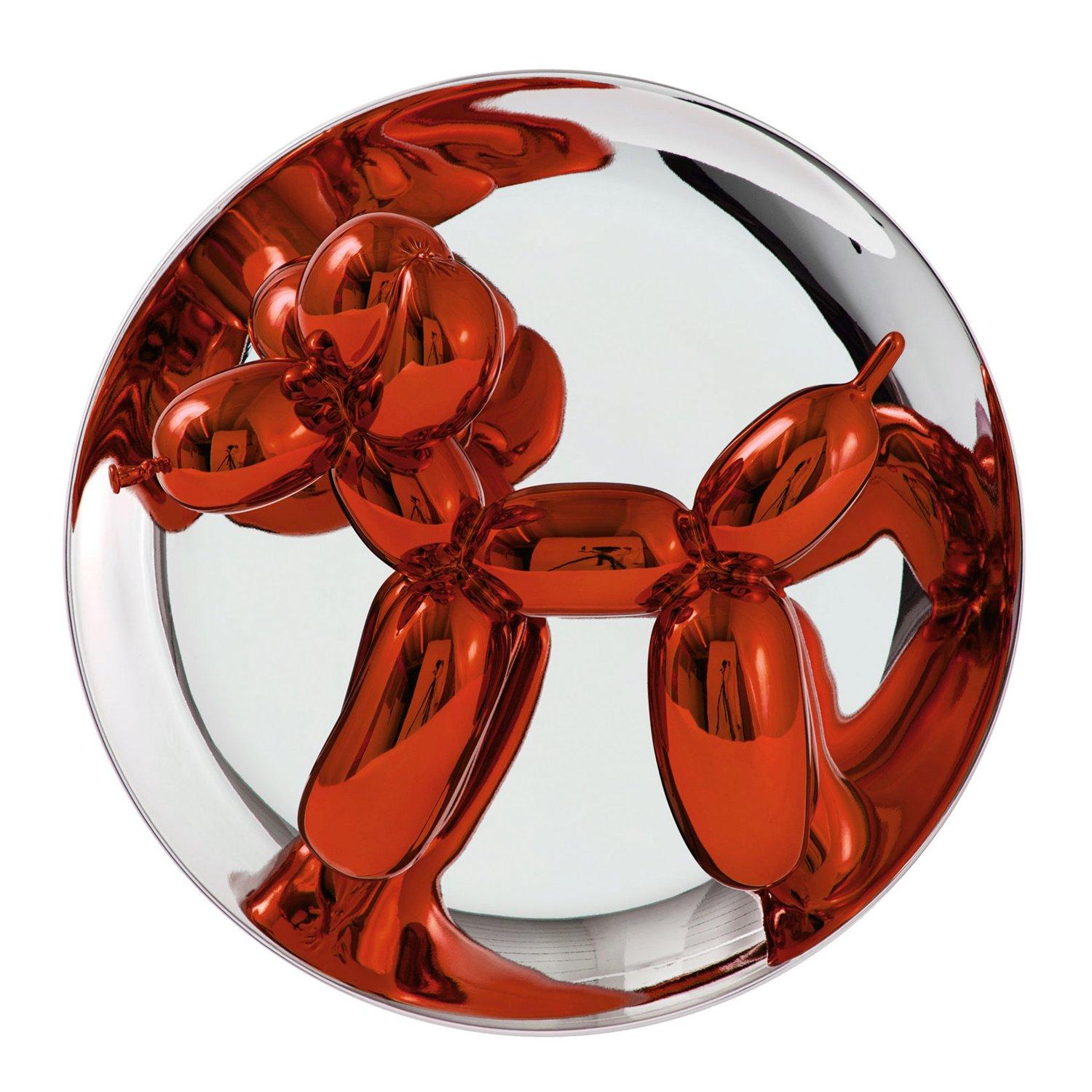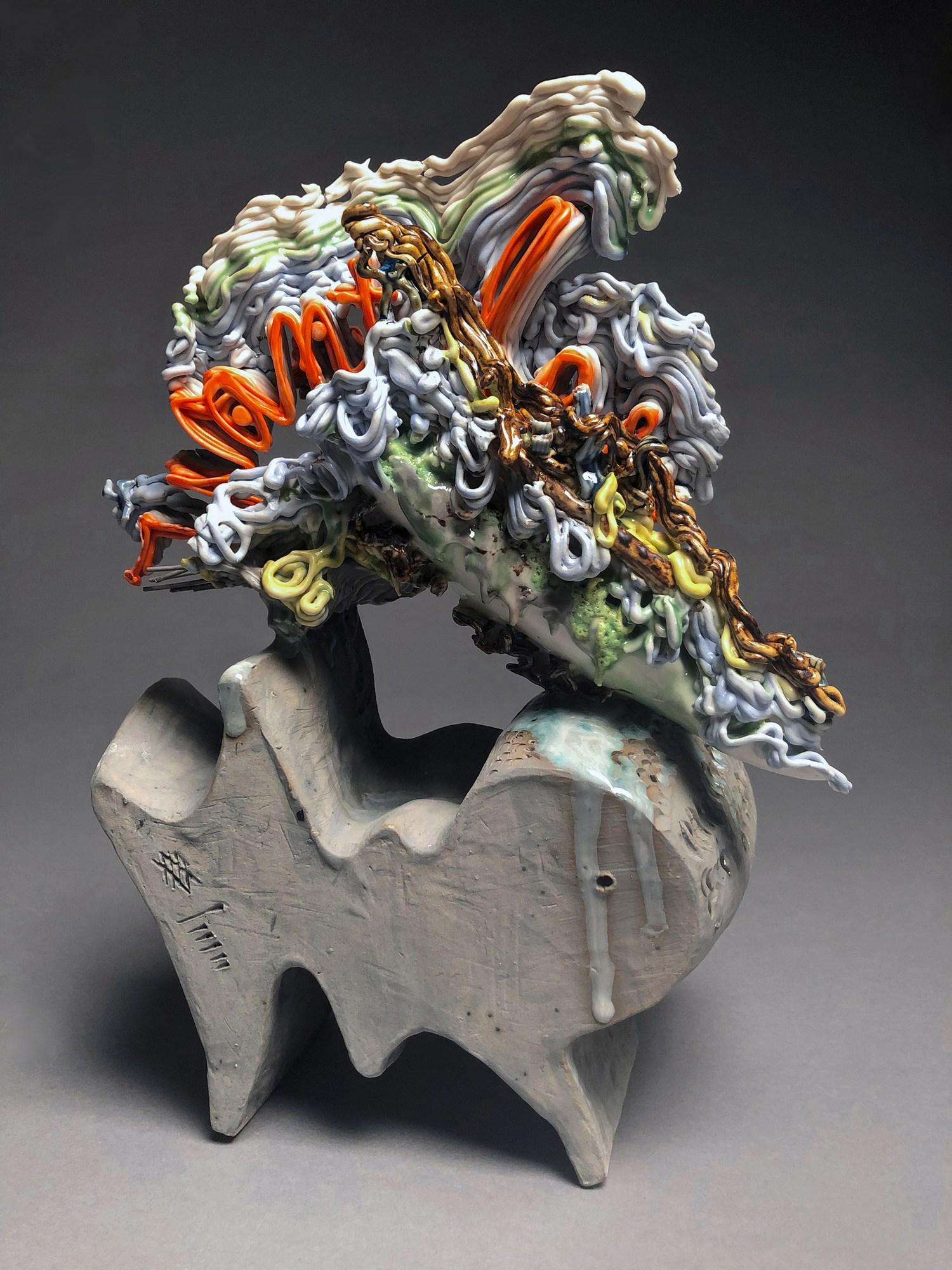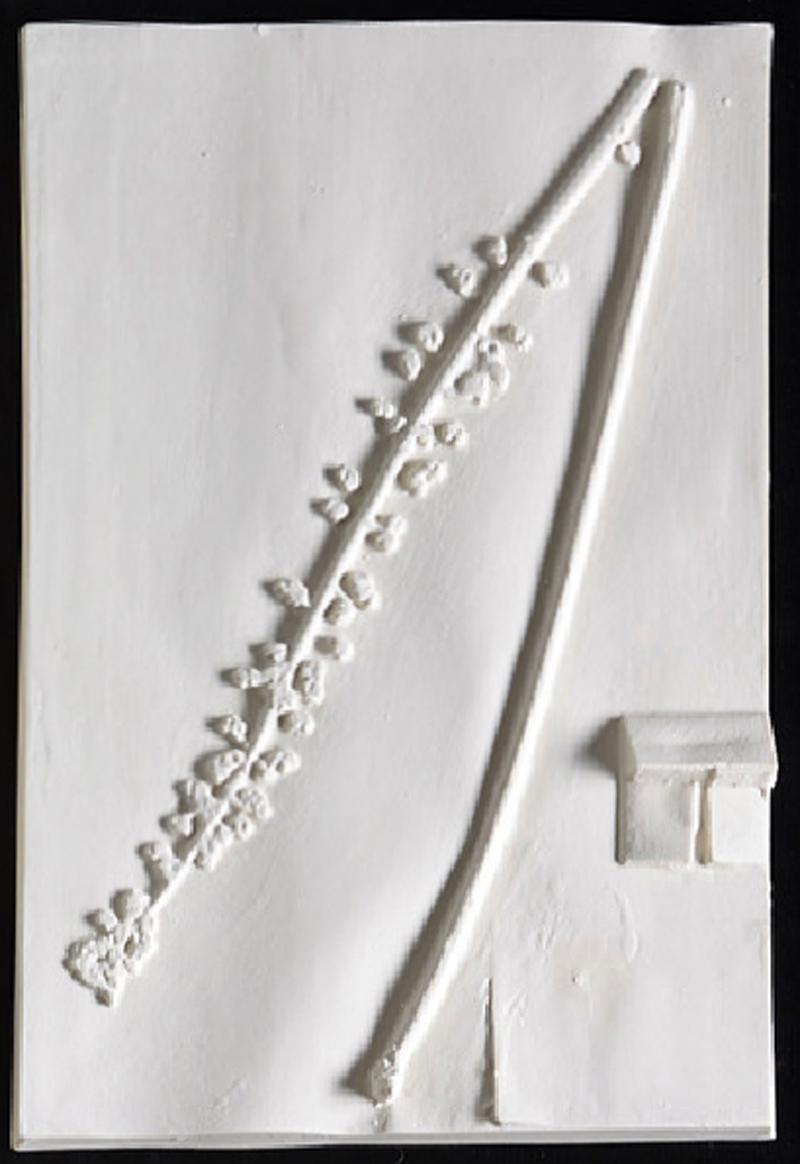Items Similar to Antique Canton Rose Medallion 'Famille Rose' Porcelain Vase, China, 19th Century
Video Loading
Want more images or videos?
Request additional images or videos from the seller
1 of 22
UnknownAntique Canton Rose Medallion 'Famille Rose' Porcelain Vase, China, 19th Century
About the Item
A mid-nineteenth century Chinese 'famille rose' (also referred to as 'rose medallion') porcelain vase with applied gilded dragons to the shoulder, handles and to the neck, decorated with enamels throughout with figurative cartouches of a courtyard scene upon a white ground with stylised birds and floral motifs.
Canton or Cantonese porcelain is the characteristic style of ceramic ware decorated in Guangzhou, the capital of Guangdong and (prior to 1842) the sole legal port for export of Chinese goods to Europe. As such, it was one of the major forms of export ware produced in China in the 18th,19th and 20th centuries.
Typically, the export ware was made, glazed, and fired at Jingdezhen but decorated with enamels in Guangzhou (then usually romanized as Canton) for export to the west via the Thirteen Factories of the Canton System. Canton famille rose in the 19th century was typically decorated with figures and birds, flowers and insects, predominantly in pink and green.
The decorative famille rose patterns used in export wares may be differentiated by the following terms: Rose Canton which is decorated with flowers, birds and insects but with no human figures; Rose Mandarin with human figures as the main subject and introduced in the late 18th century; and Rose Medallion which has different panels that may be of different subjects and introduced in the 19th century.
- Dimensions:Height: 13.98 in (35.5 cm)Diameter: 7.09 in (18 cm)
- Medium:
- Period:
- Condition:Good overall condition commensurate with age.
- Gallery Location:Cotignac, FR
- Reference Number:
About the Seller
5.0
Platinum Seller
These expertly vetted sellers are 1stDibs' most experienced sellers and are rated highest by our customers.
Established in 2000
1stDibs seller since 2020
172 sales on 1stDibs
Typical response time: 1 hour
- ShippingRetrieving quote...Ships From: Cotignac, France
- Return PolicyA return for this item may be initiated within 3 days of delivery.
More From This SellerView All
- Abstract Expressionist Etruscan Inspired Decorative Ceramic.Located in Cotignac, FRAbstract Expressionist ceramic by French artist Claude Urbani. Signed to the front side and dated 93. Incised Antibes 1993 to the revers...Category
1990s Abstract Expressionist Abstract Sculptures
MaterialsClay, Terracotta, Glaze
- Mid-Century Nude Male Acephale Sang de Boeuf Ceramic Sculpture with Marble Base.By Franta (Frantisek Merte)Located in Cotignac, FRFrench Mid 20th Century ceramic figure of a man in Sang de Boeuf, oxblood red, glaze presented on a metal 'tige' and marble base. The sculpture is not signed but was purchased from ...Category
Mid-20th Century Abstract Expressionist Nude Sculptures
MaterialsMarble
- Acrobats at the Circus, Mid 20th Century Vallauris Painting on Ceramic.Located in Cotignac, FRMid 20th Century painting on ceramic of two circus acrobats by Italian artist Giovanni Lombardi. The work is painted on 14 ceramic tiles which have been mounted on board, signed bottom left, in original period oak frame. A wonderful energetic and vibrant work very much in the 1940s 'Modern' style showing a scene of two acrobats practising with a circus tent, carousel, Punch and Judy Show...Category
Mid-20th Century Modern Figurative Paintings
MaterialsCeramic, Glaze
- 18th Century Sanguine Drawing, La Naissance de Louis XIII, After Rubens.Located in Cotignac, FR18th Century French Sanguine drawing, possibly a preparatory sketch for the painting by Nattier after the painting by Rubens. Presented in shaped 'marie-louise' mount in plain gold wood frame with collection label. The subject is the Queen Marie de' Medici seated on a grand throne, the baby is in the arms of Health while Justice looks over him. Fecundity brings a cornucopia of fruit with the heads of the other children the Queen will bear. The Sun rides his chariot across the sky to indicate that Louis XIII was born in the morning and the calm figure of France surveys the whole scene. An engraving exists (see the Wellcome Collection) of this same image: 'The birth of King Louis XIII', after the engraving by B. Audran the younger after the painting by Jean-Marc Nattier after the oil painting of Peter Paul Rubens in the Louvre 'La Naissance du Dauphin (future Louis XIII) à Fontainebleau, le 27 septembre 1601'. Jean-Marc Nattier (17 March 1685 – 7 November 1766) was a French painter. He was born in Paris, the second son of Marc Nattier (1642–1705), a portrait painter, and of Marie Courtois (1655–1703), a miniaturist. He is noted for his portraits of the ladies of King Louis XV's court in classical mythological attire. He received his first instruction from his father, and from his uncle, the history painter Jean Jouvenet (1644–1717). He enrolled in the Royal Academy in 1703 and applied himself to copying pictures in the Luxembourg Palace, making a series of drawings of the Marie de Médici painting...Category
18th Century Baroque Figurative Drawings and Watercolors
MaterialsInk, Chalk, Paper, Clay
- A Large Scale, Beautifully Sculpted and Patinated Batcham Cameroon Mask.Located in Cotignac, FRA large scale and beautifully carved wooden ceremonial mask from Cameroon. There are traces of colour and decoration to the surface and the mask has a magnificent patina giving it a wonderful presence as a sculptural object. The Batcham Mask or simply the Batcham originated in western Cameroon although its name refers to the place where it was first found: Batcham. This is a ceremonial mask from the Bamileke culture in the western Grasslands of Cameroon. This tall crest (76 cm in height) has clearly defined features, a powerful yet calm visage, sharply chiselled diamond and triangular furrows, and nearly perfect symmetry. Such painstaking craftsmanship underscores the sophistication and control of the sculptor in preparing this ceremonial piece. It shares the elements of Batcham masks including: The general morphology is built on two axes: a symmetrical vertical axis with chiseled furrows, stylized eyes, lips, nostrils, mouth and teeth; a horizontal axis presenting swollen cheeks, an ovular mouth showing multiple teeth, and triangular ears supported on a hollow cylindrical base. One interpretation is that the masks depict a hippopotamus emerging from watery depths, conveying nature’s power conferred to enthroned royalty. The Batcham mask represents the pi, or double animal of a great dignitary of the kingdom. It was used by a great dignitary of the Msop society who intervened only on rare occasions: during the funeral and enthronement of the king and the nine notables, and to perform the Royal Tso dance, elephant dance...Category
20th Century Tribal Sculptures
MaterialsPaint, Plaster, Wood
- Large Neapolitan 19th Century Hardwood Sculpture of a Crèche Camel.Located in Cotignac, FRLarge, Neapolitan, late 19th Century hardwood sculpture of a camel. Artist unknown. A beautifully patinated hardwood sculpture. The sculpture is extremely charming and having been handled for over a century has a lovely warm and tactile patina. It is particularly nice too see the work of the craftsperson in the adze and chisel marks along the body of the sculpture. The Italians and most notably the area around Naples has a long and storied tradition in the creation of sculptures for Nativity Scenes. This camel is both an endearing item and a piece of social history. A wonderful addition in its own right to the traditional Christmas scene, by tradition this sculpture was used as a maquette for the production of papier-maché models used in Christmas Creches which have such a long tradition in Italy and throughout the world. Wonderfully carved this piece was used to create hollow models out of papier-maché which were more affordable for this Christmas tradition. Hundreds of strips of papier-maché would be layered onto the figure in all directions. Then using a sharp tool the papier-maché was pushed into all the crevices of the sculpture to give it crisp detail. Once the layers of paper were dry the papier-maché was cut at certain points and lifted off the sculpture. Then finally the resulting body parts were glued back together, painted and patinated ready to be placed in the crèche scene. In the Christian tradition, a nativity scene (also known as a manger scene...Category
Late 19th Century Realist Figurative Sculptures
MaterialsWood
You May Also Like
- Magenta Balloon Dog Iconic Sculpture by Jeff Koons, Porcelain, Contemporary ArtBy Jeff KoonsLocated in Zug, CHIn Koons’ hands even the most familiar, everyday items transcend commonality to become true icons manifesting the essence of American popular culture. Balloon Dog (Magenta) - Jeff K...Category
2010s Contemporary Figurative Sculptures
MaterialsPorcelain
- Balloon Dog (Orange) - Jeff Koons, Contemporary, Porcelain, Sculpture, DecorBy Jeff KoonsLocated in Zug, CHBalloon Dog (Orange) - Jeff Koons, Contemporary, 21st Century, Sculpture, Decor, Limited Edition Limoges porcelain with chromatic metalized coating Edition of 2300 Signed and number...Category
2010s Contemporary Figurative Sculptures
MaterialsPorcelain
- Jeff Koons, Split Rocker Vase, Art, Limited Edition, Interior, Limoges porcelainBy Jeff KoonsLocated in Zug, CHJeff Koons Split-Rocker (Vase), 2012 Limoges Porcelain Stamp-signed and numbered Edition of 3500 36 x 40 x 33 cm (14.1 x 15.7 x 12.9 in) In mint condition, in the original packaging ...Category
21st Century and Contemporary Contemporary Figurative Sculptures
MaterialsPorcelain
- Find the LineBy Stephanie LanterLocated in Kansas City, MOStephanie Lanter Title : "Find the Line" Materials : Porcelain, glaze, stoneware Date : 2018 Dimensions : 12" x 8.5" x 9" Description : Manually slip-...Category
2010s Contemporary Sculptures
MaterialsCeramic, Luster, Porcelain, Stoneware, Slip, Glaze, Underglaze
- Four Three Two One, 21st Century Contemporary Surrealist Ceramic SculptureLocated in Beachwood, OHKristen Newell (American, b. 1989) Four Three Two One, 2015 Stoneware, porcelain and acrylic Signed and dated on bottom 16 x 15 x 14 inches Kristen Newell was born in a small town on the coast of Massachusetts, where from a very early age, she demonstrated a strong propensity for the arts. Important additional inspiration came from her family and from the family of a childhood friend, where Kristen found herself surrounded by the work of Paul Manship, her friend’s grandfather and one of America’s greatest sculptors. With increased focus on her art, along with winning numerous awards throughout high school, Newell eagerly enrolled in the arts program at University of Vermont and augmented her studies with a valuable year at the Cleveland Institute of Art. Upon graduation, Newell moved back to Cleveland to begin her art career and started participating in group shows, including River Gallery and the Ohio State...Category
2010s Contemporary Figurative Sculptures
MaterialsAcrylic, Porcelain, Stoneware
- WILD MADDER SPECIMEN SHEET (PLANTAGO CORDATA)By Beth LipmanLocated in New York, NYPorcelain casts of actual specimen sheets of species which have become extirpated or extinct in the upper midwest due to habitat loss and climate change. Set of 6 available or each ...Category
2010s Contemporary Still-life Sculptures
MaterialsPorcelain
Recently Viewed
View AllMore Ways To Browse
Rose Pattern
Antique Rose Art
Vase Antique China
Mid Century Antique Sculpture
Antique Rose Porcelain
Antique Rose Pattern
Porcelain Floral Art
White Chinese Sculpture
Antique Canton
Canton Antique
Antique Rose Medallion
Antique Chinese Sculpture
Antique Famille Rose Porcelain
Nineteenth Century Sculpture
Mid Century Insects
Chinese Porcelain Jingdezhen
Porcelain Flower Sculpture
Insect Sculpture




